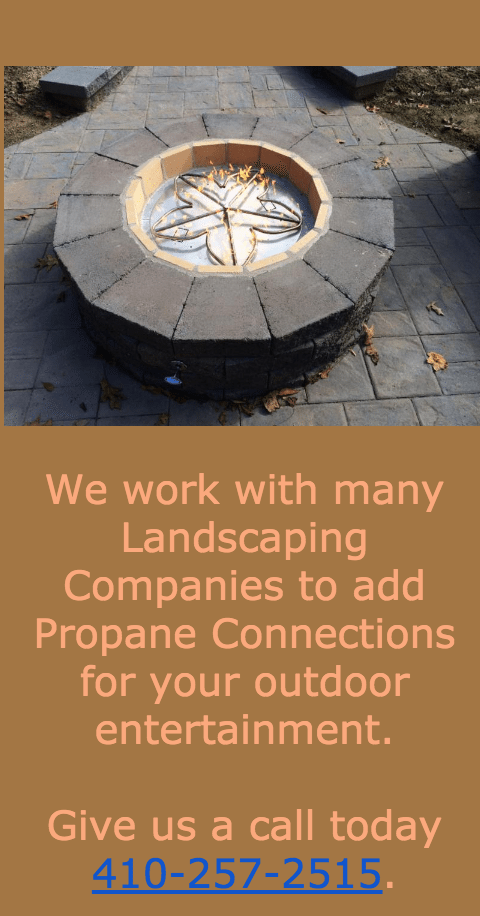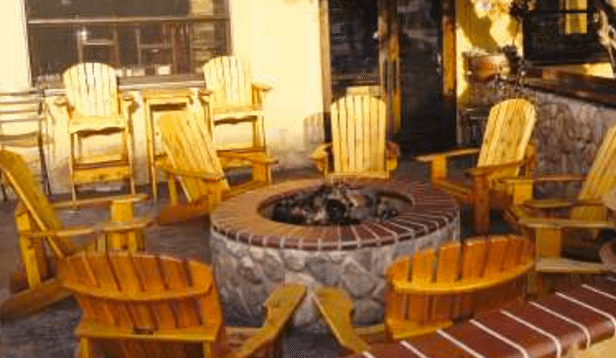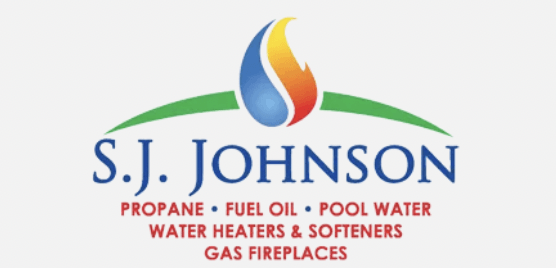

PROPANE FIRE PITS
People have sat around an open fire outdoors in Southern Maryland for many years. Not only does fire provide warmth and light, but also it offers a relaxing setting for conversation and socialization.
The outdoor fire pit h as transformed the concept of backyard entertaining. Homeowners understand how a fire pit can add value to a home and make their yard an inviting place to be on a summer evening or a chilly autumn night.
Outdoor fire pits are a relatively new creation that continues to grow in popularity. Once available strictly through specialty retailers, fire pits can now be found on the shelves of many home improvement and big box stores as well as online.
Fire pits can add a lot to a home’s exterior entertaining area. Some fire pit styles and materials will last longer than others. Homeowners should assess their needs and the space available before choosing a fire pit for their home.
First, homeowners must decide if they want a permanent or portable fire pit. If you are ready to make an enduring change to your yard and landscape, then a permanent fire pit is the way to go. These can be made of stone or brick and are often very durable. Permanent fire pits can be incorporated into landscape designs to create a professional patio look. They’re also some of the safer types of fire pits because they cannot be knocked over and the bricks or retaining wall construction provide a barrier around the fire.
Portable fire pits are freestanding units that can be moved around the yard on a whim. They also can be loaded into the car and taken to a neighbor’s house or even to the beach. Portable fire pits are less expensive than permanent models, and some homeowners prefer a trial run with a portable pit before deciding to install a permanent structure.
Portable fire pits are made of metal and usually coated with a fireproof paint. Over time, exposure to the elements can cause the metal to rust or weaken, something homeowners should consider prior to purchase.
Homeowners also must consider a fuel source. Wood is a common fuel source for fire pits. Wood can be inexpensive, especially when gathered from around the yard. However, a wood-burning fire will constantly have to be fed with new branches. If you want to have a roaring fire but don’t want to maintain it, then a gas-fueled fire pit is better. Natural gas fire pits can run off of a portable propane tank directly connected to a home’s natural gas supply.
Now you can decide on the style. Gas fire pits will give you a greater number of design options, but there are still plenty of choices with wood fire pits. From bowl-shaped pits to rectangular-shaped pits to barrel-style pits to chimineas, there are designs to fit most preferences and size constraints.
Once you have chosen a fire pit, safety should prevail. Here are some tips to consider.
* Keep the fire pit away from the home and objects that can burn. Maintain a safe distance from the fire pit at all times.
* The best place to have the fire pit is on hard stone, cement or tile. Portable fire pits can be placed on patio stones in the lawn.
* Use a screen to keep embers and sparks from escaping during use.
* Keep children a good distance away from the fire pit and always supervise when the pit is in use.
* Make sure the fire is completely extinguished before going in for the night.
* Do not use any accelerants to make the fire bigger or light faster.
* Buy a vinyl cover to protect the fire pit from the elements when not in use.
article licensed to adPRO



